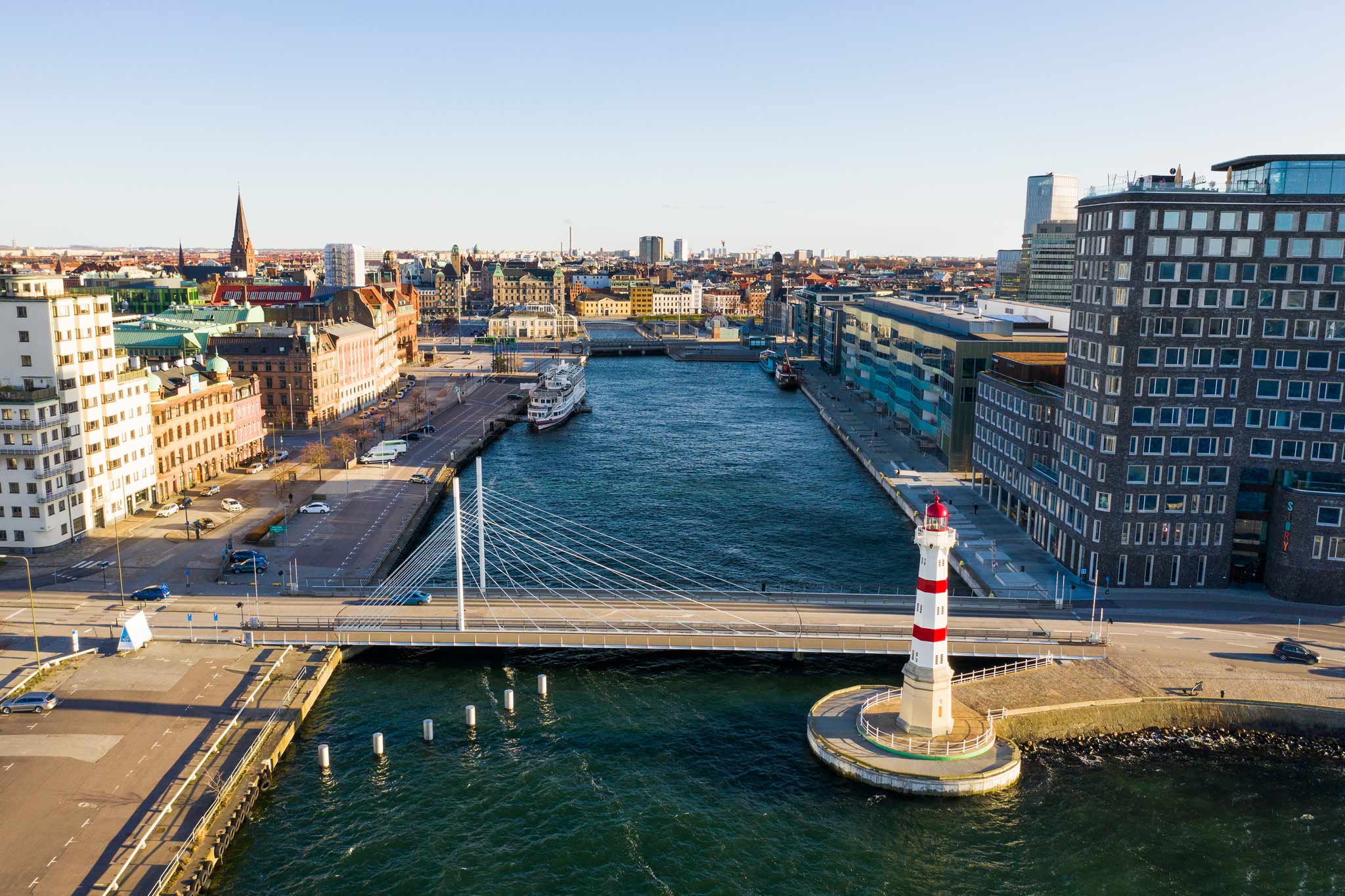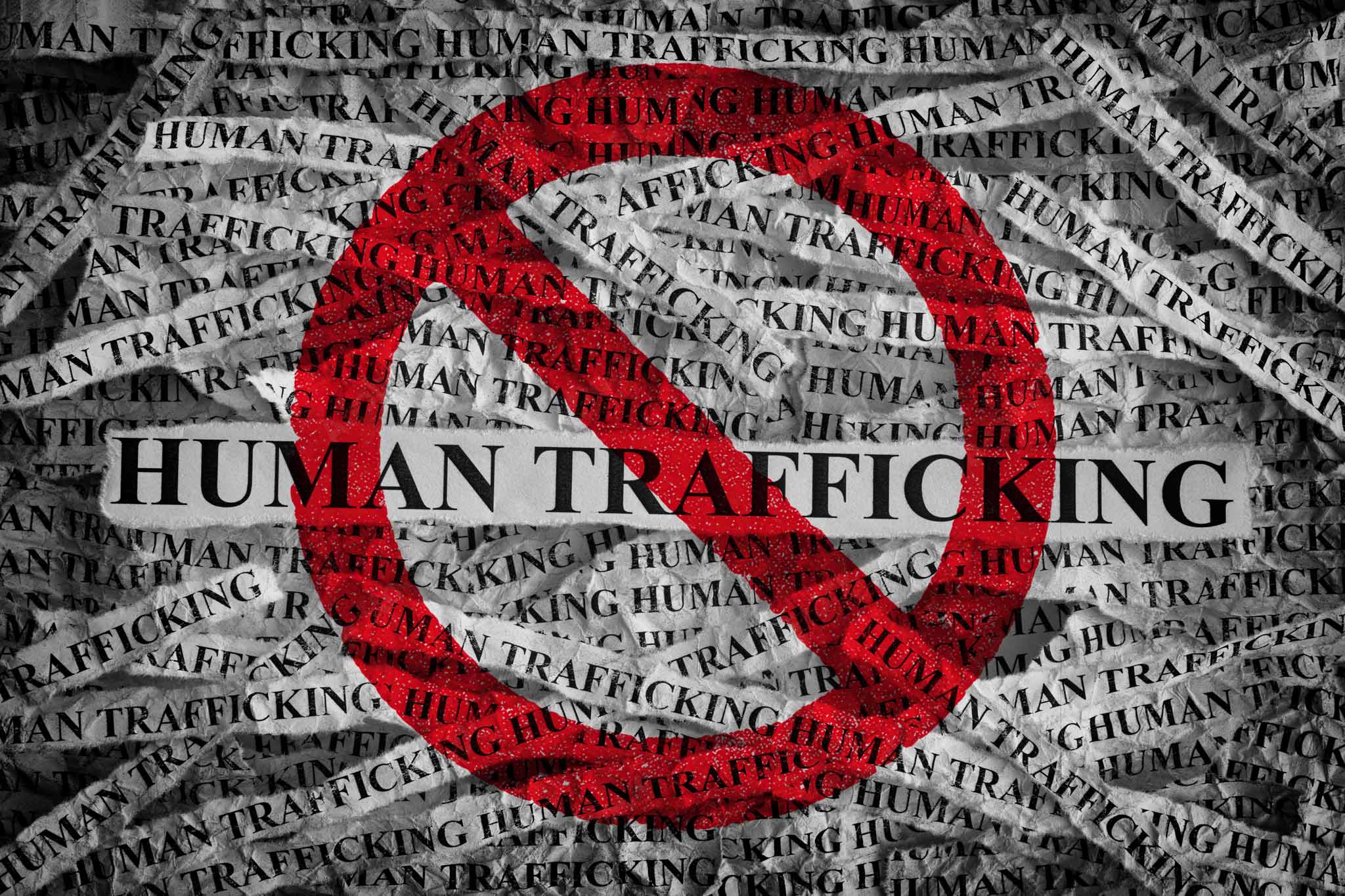Among the many changes we’re seeing in the event and trade show industry today, these 10 predictions are potential game-changers and a glimpse into what we can expect over the next five years. “I’m forecasting these changes based on three major forces I see emerging today. The first is the acute need for event organizers to design and host events and trade shows that are more economically viable and that generate much more profit than is possible by simply following the old playbook. Second is the emergence of new and nascent technology that enables better outcomes for event organizers and audiences. And finally, and most importantly, new expectations from audiences that are looking for deeper connections, much more enjoyable experiences, and significantly better outcomes from their investment in the events they choose to attend.
I hope that all of us who care about the future of trade shows and events will take advantage of this disruption to reinvent an industry that has never been more ready for fresh thinking and innovation.
Here we go …
Efficient communitieswill become the preferred method for audience connection. No longer will event organizers be hands-off landlords expecting their audiences to gather, sort out, and build relationships the old-fashioned way. Expect AI-enabled technology to do a much better job of matchmaking and enter the event arena in a much bigger way. Also, watch for Slack and the Twitter analytics tool Followerwonk to play a bigger role in how you help audiences take networking, connection, and community to the next level.Omnichannelevent media strategy will reign supreme. The false choice among in-person, virtual, and hybrid will soon be over and be replaced with year-round marketplaces, communities, and “always-on” platforms that allow event organizers to meet their customers where they are. Look no further than the retail industry if you want to see how the omnichannel strategy is working. Every successful retailer allows its customer to buy via a screen, a store, a social media site, an app, or a catalogue. Event organizers need to meet their audiences where they are. Think of your big annual event or trade show like Black Friday, Amazon Prime Day, or the world’s busiest sales event of the year, 11/11 Singles Day (Alibaba’s “event” that delivers more than 2.5 times the sales of Black Friday, Cyber Monday, and Amazon Prime Day combined).Fractional staffing modelswill be taking root. With the furloughs, layoffs, and skill gaps we’ve seen this year, expect to hire individuals and companies on a fractional basis to provide expertise and bandwidth to supplement in-house talent. Add to this the concept of “ghost offices,” much like the ghost kitchens that are emerging in the restaurant industry, where multiple teams come together to plan events and trade shows as skunk work units that co-create new experiences in off-site locations.Demographicswill continue to be destiny. Events designed by Boomers for Boomers are coming to an end. A much more inclusive, blended, and more diverse event design team will build events that attract a much more colourful rainbow of people, functions, ages, mindsets, and organizations. Events that are diverse in every sense of the word are going to be where the best ideas, the best connections, and the best outcomes are produced.Subscription pricingwill become more popular and widely offered. The all-you-can-eat buffet model of large-scale events offered for a single registration fee will live on but expect to see more “pay-as-you-go” options over the course of a year based on value vs. attendance at a physical place at one moment in time. Subscription pricing is a double-edged sword: the upside is that it can create stickiness and significantly expand your audience; however, the challenge is to offer enough value each month to make your year-round event portfolio indispensable and irresistible.Event mission statementswill be written and adopted to reflect the purpose and position of the event organizer. We all now know that the “why” matters at least as much as the “what” and the “how.” Give your audiences a reason to believe. Channel your inner Jerry McGuire, and write a mission statement for your next major event.Profitwill be of paramount importance to non-profit boards of directors and a key factor in executive compensation. Non-profit tax status doesn’t mean that your trade show or annual meeting shouldn’t be wildly profitable. Profit is the best indicator of what the marketplace thinks of you. Designing events with profit as the number-one criterion must be on the table: no money, no mission.On-demand, just-in-time valuewill become the coin of the realm, altering the annual meetings portfolio planning process, calendar, and content creation cycle. If audiences embrace subscription pricing, they will expect what they need when they need it. Job interview advice, answers to questions that they can’t get anywhere else, original research, editorial perspective, customized supplier demonstrations–this is just the beginning of what tomorrow’s event audiences will come to expect.Autonomous, unmanned trade show exhibits and demonstrationswill be more widely seen. Drones aren’t the only unmanned presence we can expect to see at future trade shows. Interactive booths, virtual demonstration stations, self-service Q&A, and screen-to-screen interaction will begin to alter the trade show floor. People will always want to interact with other people, but augmented, autonomous exhibitions are being tested now and just may stick.Event mergers, acquisitions, and partnershipswill be more prevalent, and considered by more associations and societies. With so many non-profit events seeing declines in attendance and operating income, expect to see more M&A activity in the years to come. Partnerships and alliances will be forged out of necessity, and the results can be a major win-win. Everything will be on the table. It’s a great time to be a buyer.
Bonus Insight Data, analytics, and better, more empirical decision-making will take a front seat. Non-profits, like all businesses, can’t manage what they can’t measure, and data will be the currency that separates the winners from the losers. Member firmographic data, event audience demographic data, behavioural and attitudinal data, and industry data aggregated and properly analyzed and applied will provide new sources of growth, new products, and new opportunities to add value. Syndicating industry data and insights could become a non-profit’s number-one source of revenue in five years.
I look forward to hearing from you in three years to see how many of these predictions have come to life. In the meantime, if you’d like to debate these predictions or learn more about how any of these might impact your event portfolio right now, drop me an email.
Author William Gibson said, “The future is already here, it’s just unevenly distributed.” Examples of everything I’ve described are either being tested, are on the drawing board, or soon will be. As you plan for 2021 and beyond, what do you have to lose by experimenting with new ideas that could catapult your event, your organization, and your career ahead by miles, not inches?
Here’s to a bright future for an industry that we all love and want to succeed in, and that so many people are counting on to prevail.



